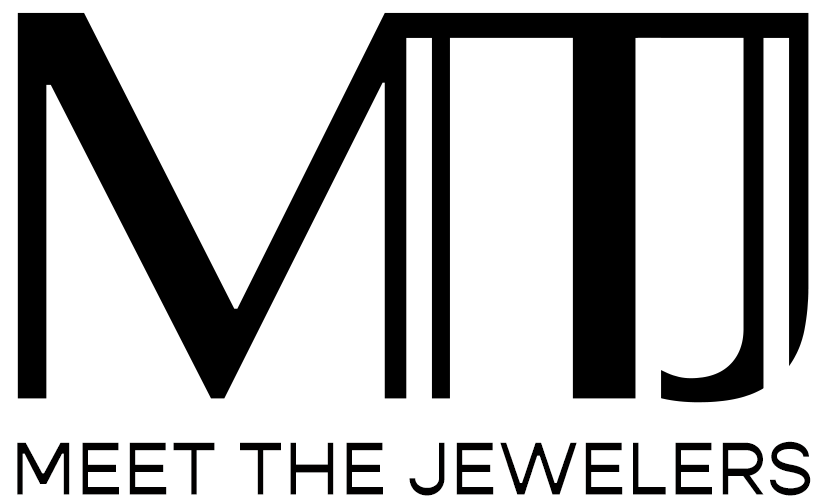Good As Gold: A Glossary for Going Green
Diamonds are forever, but the toll of sourcing precious stones and metals can be, too. The good news? Plenty of jewelers are committed to using ethically and sustainably sourced materials. Consider us your guides to sustainable style.
Photo credit: @valeriemadisonjewelry
Sustainable jewelry terminology 101
When it comes to jargon, the jewelry industry might just take the cake. There are more obscure terms, dialectical distinctions, and minutiae of meaning than there are types of gemstones—and how often does the casual collector or even the most ardent admirer find themselves debating the merits of a rivière versus a lavaliere? (Pssst! You can brush up on all of your jewelry vocab, including those two words, right here.)
With today’s positive trend toward recycled materials and eco-friendly production, there’s even more terminology to tune into. Shop savvy with our everything-you-need-to-know guide to sustainable jewelry.
Ethically- (or Responsibly-) Sourced Materials
Materials that have been sourced via responsible and transparent practices at all stages of the supply chain from sources that provide workers with safe conditions and fair wages, with minimal impact on the environment, and no association with conflict.
Fairmined
A label that certifies gold sourced from responsible and small-scale mining organizations, as per the Fairmined Standard, which requires traceability and assurance of organizational development, environment protection, safe working conditions, and positive social development.
Brilliant Earth Fairmined “Tierra” cuff with Fairmined 18k yellow gold and diamonds, $3,990 at Brilliant Earth
Fairtrade
A label that certifies products that have been vetted by a third party using standards set in place by FLOcert (Fairtrade Labeling Organizations International), the certification body of Fairtrade International, to ensure fair trading practices and environmental sustainability for producers in developing countries. Currently silver and gold are the only Fairtrade-certified materials related to jewelry.
Kimberley Process
A certification process that traces diamonds from mine to market to ensure that conflict diamonds do not enter the legitimate trade.
Lab-Created
Gemstones, including diamonds, that have been created in a laboratory setting rather than mined from the earth. Lab-created gemstones are chemically, physically, and optically identical to mined (or “natural”) stones.
Non-Conflict or Conflict Free Diamond
A diamond that has been mined and entered the market without connection to civil war or rebel or terrorist groups, as certified by the Kimberley Process (see “Kimberley Process”).
Recycled or Reclaimed Materials
Materials that have been reclaimed or repurposed from existing jewelry or other existing sources through processes resulting in materials that are chemically identical to newly mined materials.
Emily P. Wheeler necklace in recycled 18k yellow and white gold with diamonds and gemstones, $2,400 at Net-A-Porter
Sustainable
Jewelry and raw materials produced by means that contribute positively to the environmental, social, and/or economic sustainability of their source and manufacturing.
Managing Editor: Rebecca Daly
Every item featured is personally selected by our writers and editors (read: we're totally into it). Please know that when you buy through our links, we may earn an affiliate commission (read: we get to keep doing what we love).





